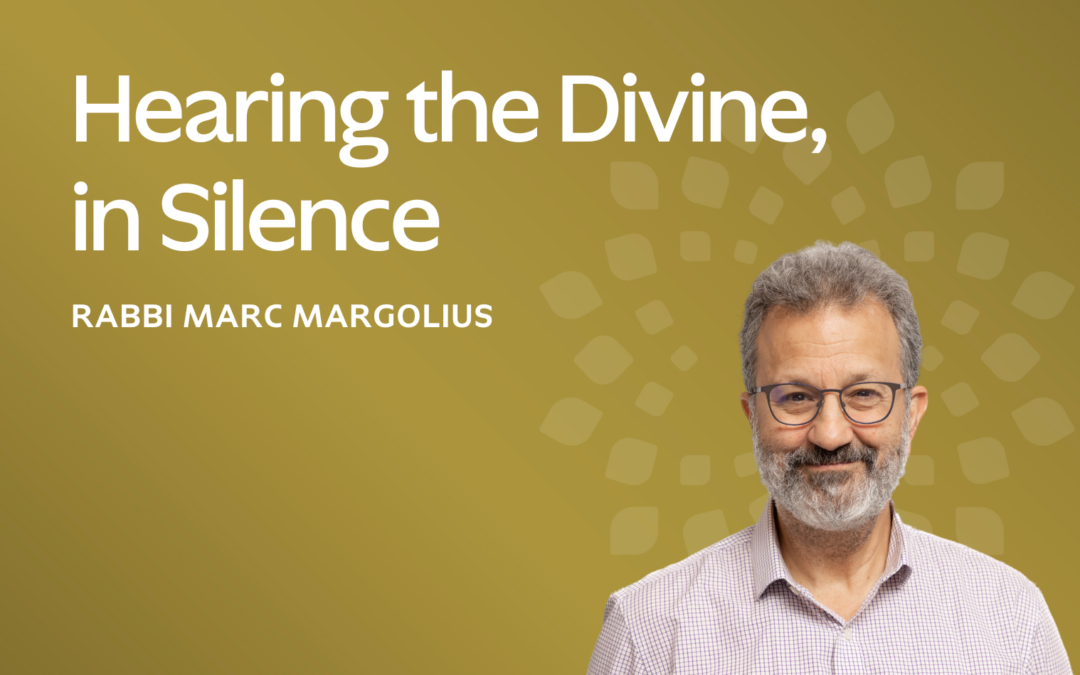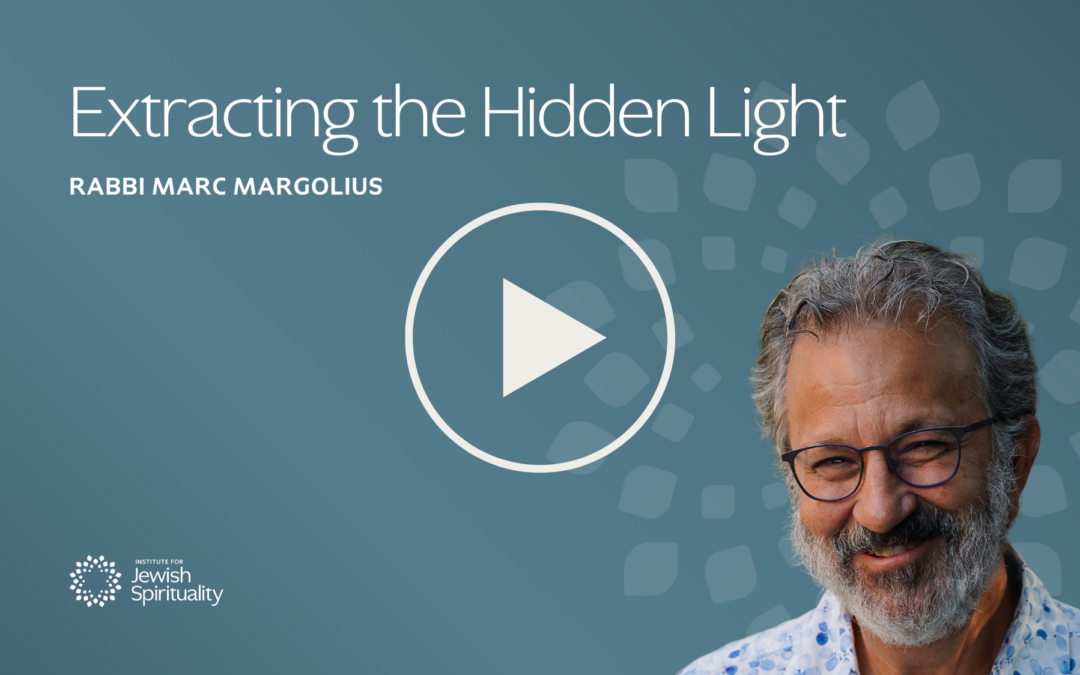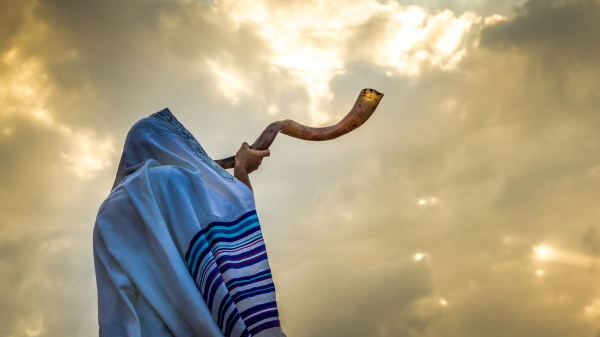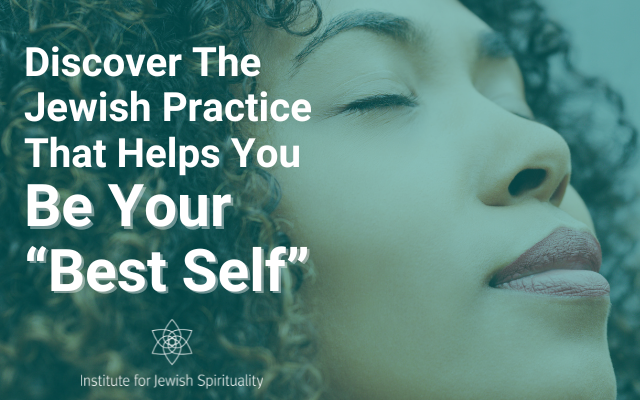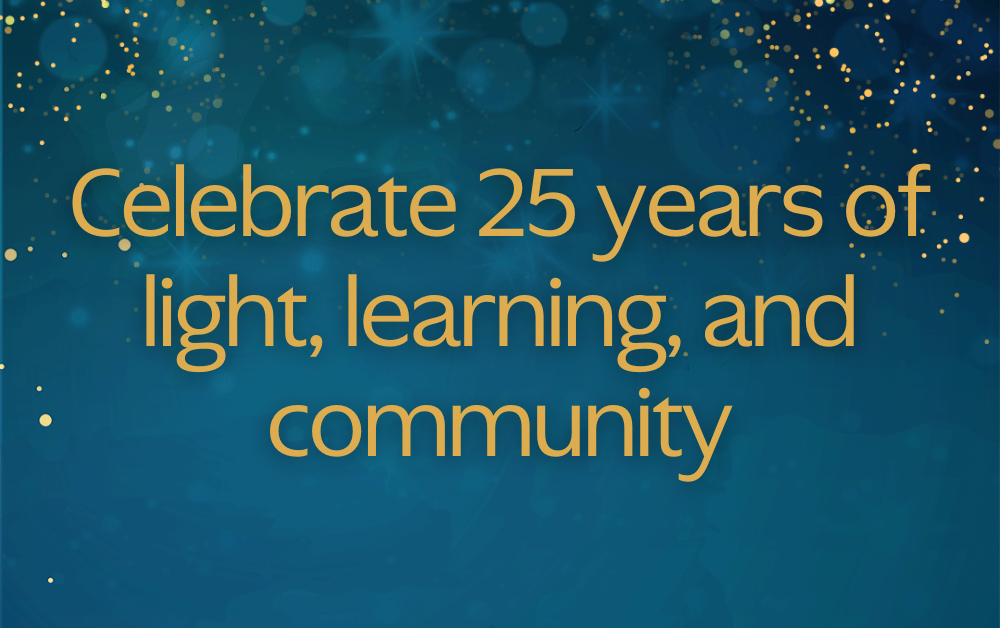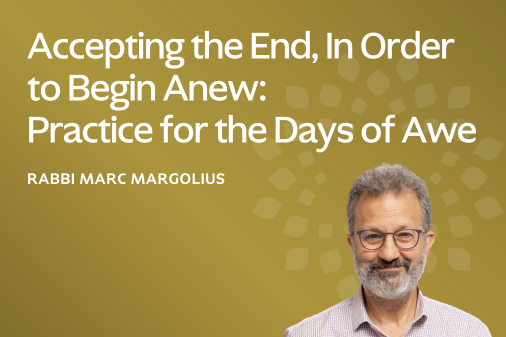
Accepting the End, In Order to Begin Anew: Practice for the Days of Awe
One of the central (and paradoxical) themes of the Yamim Nora’im, the Days of Awe, is that accepting our mortality opens the gate to personal transformation. The extent to which we make peace with the end of our lives helps us begin to live more fully today.
Moses models this kind of radical acceptance as we move towards the end of the annual Torah reading cycle. The Sages imagined Moses vigorously resisting God’s decree that he should die before reaching the Promised Land, moving progressively through the five stages described by Dr. Elisabeth Kubler-Ross in her classic work, On Death and Dying¹: denial, anger, bargaining, depression, and finally, acceptance.
His ultimate acceptance of his demise enables Moses to request and extend forgiveness to the people he has led through the wilderness – and to praise God, with whom he has been negotiating furiously:
They [the heavenly court] came and said to Moses: ‘The hour has arrived for you to depart from the world.’ He said to them: ‘Wait until I bless Israel, for they have not found contentment from me all my days, because of the rebukes and warnings with which I rebuked them’ … [Moses] said to Israel: ‘I have caused you a lot of grief over the Torah and over the commandments, but now forgive me.’ They said to him: ‘Our Master, you are forgiven.’ Israel also arose and said: ‘Moses our Master, we have angered you a lot and increased the burden upon you. Forgive us.’ He said to them: ‘You are forgiven.’ They came and said to him: ‘The moment has arrived for you to depart from the world.’ [Moses] said: ‘Blessed be the name of the one who lives and abides forever.’²
In accepting mortality, Moses finds a gateway to forgiveness, transformation, and gratitude, rather than being stuck in blaming and bitterness.
Throughout the Days of Awe, we are like Moses, face to face with our finitude. Yom Kippur is a voluntary near-death experience. We rehearse our own deaths and imagine our own eulogies. We wear white or dress in a kittel representing our own burial shrouds. We recite the Vidui, the confession we are to profess before we die, say Yizkor prayers for those we have loved and lost, remember our martyrs, and end the day as we are meant to end our lives, by chanting the Shema. We abstain from food, drink and sex, freeing ourselves from our customary focus on our bodily wants and needs. These practices enable us, like Moses, to attend to deeper, more enduring truths than our own, inevitably bounded physical survival.
A Hasidic teaching observes that Moses’s awareness that he would die before reaching the Land prompted him to see beyond himself and pray on behalf of the Israelites. Earlier in Deuteronomy (3:23), Moses tells the Israelites, “Vaetchanan el Adonai baeit hahi leimor, I pleaded with YHVH at that time, saying….” (Deut. 3:23). Rabbi Mordecai Yosef Lainer of Izbica (1801-1854) interprets this verse as indicating a shift in Moses’s awareness stemming from the finality of his death:
Why did Moses see fit to tell Israel about this prayer? It might appear as if his prayer accomplished nothing! Nevertheless, through this Moses made it known to the people that his prayer became a protection for them: “Even in your undertakings in the Land of Israel I will be your Rabbi, and so throughout the generations.” He demonstrated to them that he accomplished something through his prayer.
We learn this from the word “I pleaded with (va-etchanan)” – which is in the reflexive form. This means that Moses was filled with supplications, and his prayer flowed in his mouth. This signifies that God aroused him to pray, and so surely this prayer will not return unfulfilled. That is signified in the phrase “at that time (ba-eit hahi)”: Moses said, “Even after the Holy Blessed One had sworn not to bring me into Israel, God nevertheless did not prevent me from praying.”³
In this interpretation, the acceptance of death opens Moses’s awareness even more to the needs of others, allowing prayer to rise organically from concern for them rather than from self-service.
Our mindfulness practice is rooted in hitlamdut, curious, non-judgmental attention to the truth of our experience—in this case, our habitual inclinations about our mortality. Some of us lack the luxury of denial and are forced by illness and/or age to confront death. Some of us struggle with depression and suicidal tendencies, and must practice keeping thoughts of mortality in their proper, healthy place. For those of us who devote much psychic energy to avoiding our mortality, the example of Moses teaches us to turn towards that which we would rather avoid.
Psychologist Marsha Linehan describes this capacity for radical acceptance as “the ability to perceive one’s environment without putting demands on it to be different; to experience one’s current emotional state without attempting to change it; and to observe one’s own thoughts and action patterns without attempting to stop or control them.”⁴ Practicing acceptance is an opportunity to turn towards even that which we most wish to deny. We notice the power of our resistance, and apply compassion rather than judgment; we console ourselves by infusing grief with love.
As we move into this season of death and rebirth, may we receive the deep lessons of accepting (without embracing) our inevitable death. May it help us turn with greater urgency towards life, with more clarity, wisdom, and compassion for ourselves and others. May we envision previously unnoticed transformational possibilities and be freed from that which keeps us bound to old, familiar patterns. May our capacity to accept endings engender myriad beginnings within us and our world.
Taking the teaching into practice:
- During the coming Days of Awe, investigate with curiosity your relationship with your own death. Can you notice and investigate any resistance to your thoughts and emotions, without judgment? Can you hold your pain and fear (which of course are completely natural) with compassion and kindness?
- investigate purchasing a burial plot (if you don’t have one and intend to be buried), prepare or revise your will, and/or write an ethical will or letter to your loved ones about how you would like to be remembered—or, at least consider each of these, and pay attention to your instinctive reactions.
- Consider taking a walk through a nearby cemetery and seeing what, if anything, shifts within you when you are in close proximity to mortality.
Taking the teaching into prayer practice: Unetaneh Tokef, a prayer featured in the High Holiday liturgy, includes the deeply challenging reference to “who will live and who will die” in the year ahead. It also includes a passage which goes to the heart of accepting our temporality: adam yesodo mei-afar, our origin is dust. Experiment with this part of the prayer, using this lovely melody (watch and listen here to a melody sung by Cantor Steve Zeidenberg and choir at Congregation Beit Simchat Torah in NYC; for the audio, click here for the same melody sung by Cantor Ayelet Porzecanski; for classical hazzanut, try Cantor Leibele Waldman’s recorded version.
¹Elisabeth Kubler-Ross, On Death and Dying (New York: Macmillan, 1970).
²Midrash Tanchuma, Vaetchanan 6:2.
³Rabbi Mordecai Yosef Lainer of Izbica, Mei HaShiloach on Vaetchanan (trans. Rabbi Jonathan Slater).
⁴Marsha Linehan, Ph.D., Cognitive-Behavioral Treatment of Borderline Personality Disorder, (Guilford: 2018), p. 147.

